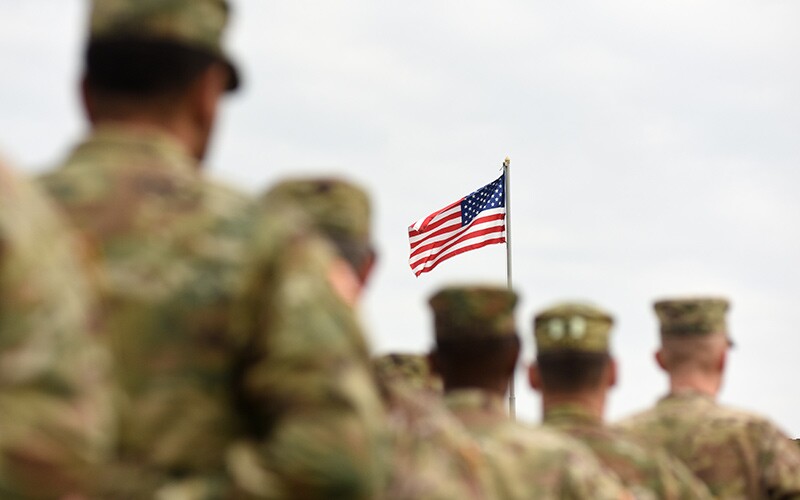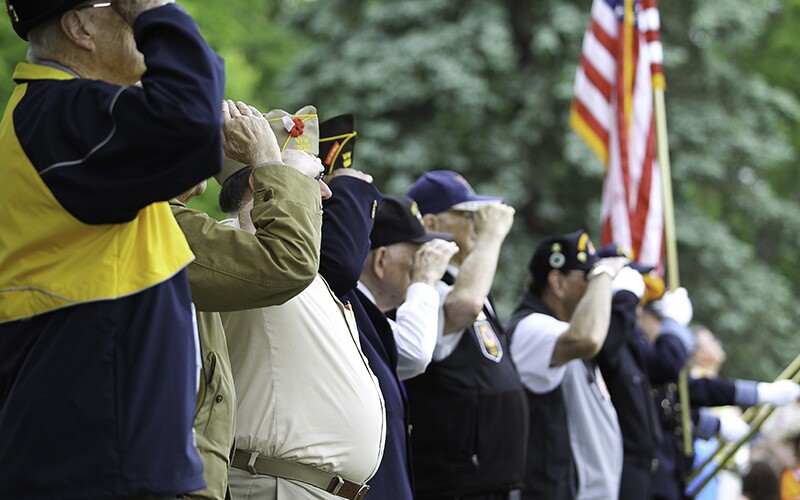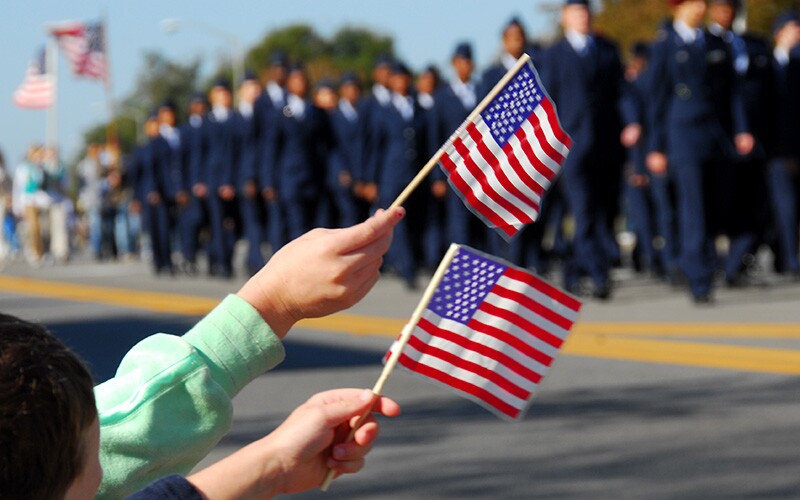Every year we celebrate and honor U.S. veterans for their bravery and valor on Veterans Day. Without the dedication of veterans throughout U.S. history, the country might look very different today.
But what is Veterans Day really, and how can you celebrate it? It’s the perfect time to learn about and appreciate the significance of Veterans Day facts and history.
What Is Veterans Day, and Why Do We Celebrate It?
Veterans Day holds deep meaning for U.S. citizens, as it commemorates all U.S. veterans, living or dead, for their bravery and selfless acts. It serves as a time to remember and honor the sacrifices veterans have made throughout U.S. history to protect their country, particularly in times of war. Citizens across the country take the opportunity to express their gratitude as well as appreciate the U.S. values soldiers have fought to protect.
As President Woodrow Wilson put it, “The reflections of [Veterans] Day will be filled with solemn pride in the heroism of those who died in the country’s service and with gratitude for the victory, both because of the thing from which it has freed us and because of the opportunity it has given America to show her sympathy with peace and justice in the councils of the nations.” (In Supplement to the Messages and Papers of the Presidents: Covering the Second Term of Woodrow Wilson [1921], 8804; en.wikipedia.org/wiki/Veterans_Day)

Why Was Veterans Day Created?
On 11 November 1918, an armistice was signed that ended the fighting with Germany, the last remaining Central Power in World War I. Streets around the world were flooded with celebrations as the news spread. People were filled with relief and pure joy as the war and devastation finally reached an end. In the following years, people celebrated the end of the war on that same day, and it became a national holiday in 1938.
When Is Veterans Day?
Veterans Day is observed every year on November 11. It memorializes the “eleventh hour of the eleventh day of the eleventh month,” when the armistice of World War I was signed.
If November 11 falls on Saturday or Sunday, it is celebrated on the closest business day.
How Does Veterans Day Differ from Memorial Day?
Veterans Day and Memorial Day are similar holidays. Both recognize and honor the bravery and sacrifices of U.S. soldiers. However, there’s one important distinction: Memorial Day pays respect specifically to military personnel who lost their lives while serving their country. Veterans Day instead celebrates all U.S. veterans, living or dead.

Other Quick Veterans Day Facts
Here are some additional fascinating facts about Veterans Day history:
- Veterans Day was originally called Armistice Day. The name changed in 1954 to recognize veterans in all wars and times of peace.
- Britain, Canada, Australia, and France celebrate their veterans on the same day as the United States.
- From 1971 to 1977, Veterans Day was celebrated on the fourth Monday in October. The date was changed back to reflect the historical significance of November 11.
- The Tomb of the Unknown Soldier was memorialized on Veterans Day in 1921.
- Arlington National Cemetery holds a memorial service every Veterans Day.
- As of 2018, roughly 20 million U.S. veterans were alive.
What Do Poppies Have to Do with Veterans Day?
Poppies are a symbol of Veterans Day in multiple countries. On the Western Front of World War I, red poppies grew over the devastated countryside and started the process of healing. Today poppies serve as a symbol of remembrance for the soldiers who lost their lives in the war.
How Can You Celebrate Veterans Day?
As Veterans Day approaches, consider how you can celebrate or give back. These ideas can get you started:
- Attend a Veterans Day parade.
- Interview a veteran.
- Search military records to learn about the lives of veterans.
- Display a U.S. flag or place a small flag on a veteran’s grave.
- Observe a moment of silence to remember the sacrifices veterans have made.
- Volunteer at veterans’ organizations.
- Visit the Tomb of the Unknown Soldier, the Anthem Veterans Memorial, or other veteran sites.
- Write letters to veterans you may know.

However you choose to celebrate, find a way to make the day meaningful to you. How have veterans impacted your life, and how can you show your appreciation? Record your experiences on FamilySearch Memories to preserve them for years to come.
FamilySearch Memories is a place where you can store photos, stories, audio, and more for free. All you have to do is create a free FamilySearch account, and you can add memories that your family can enjoy for generations to come.









